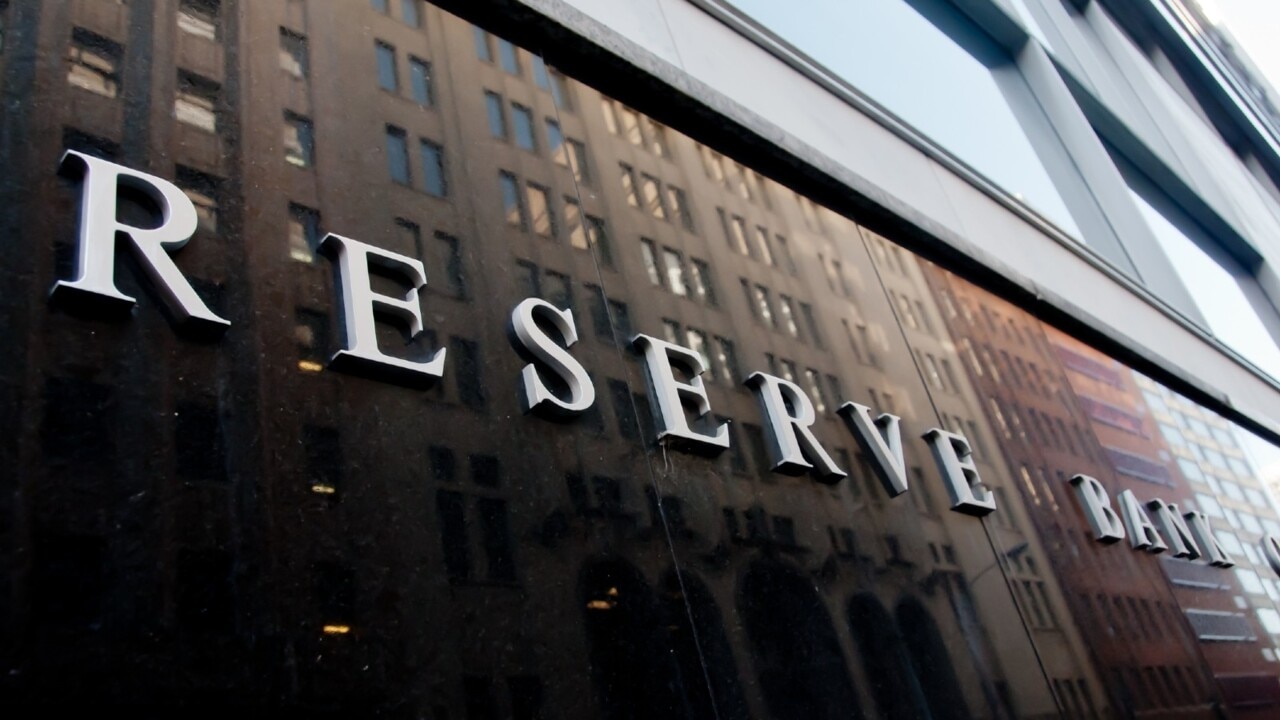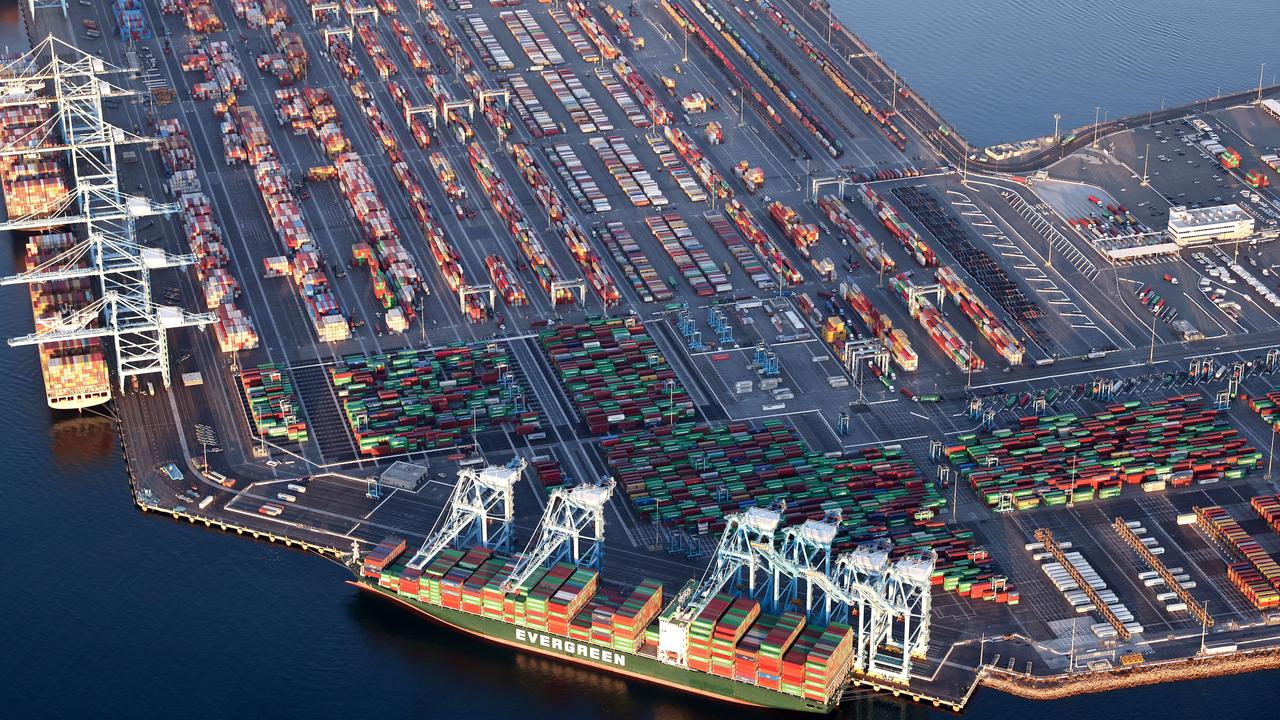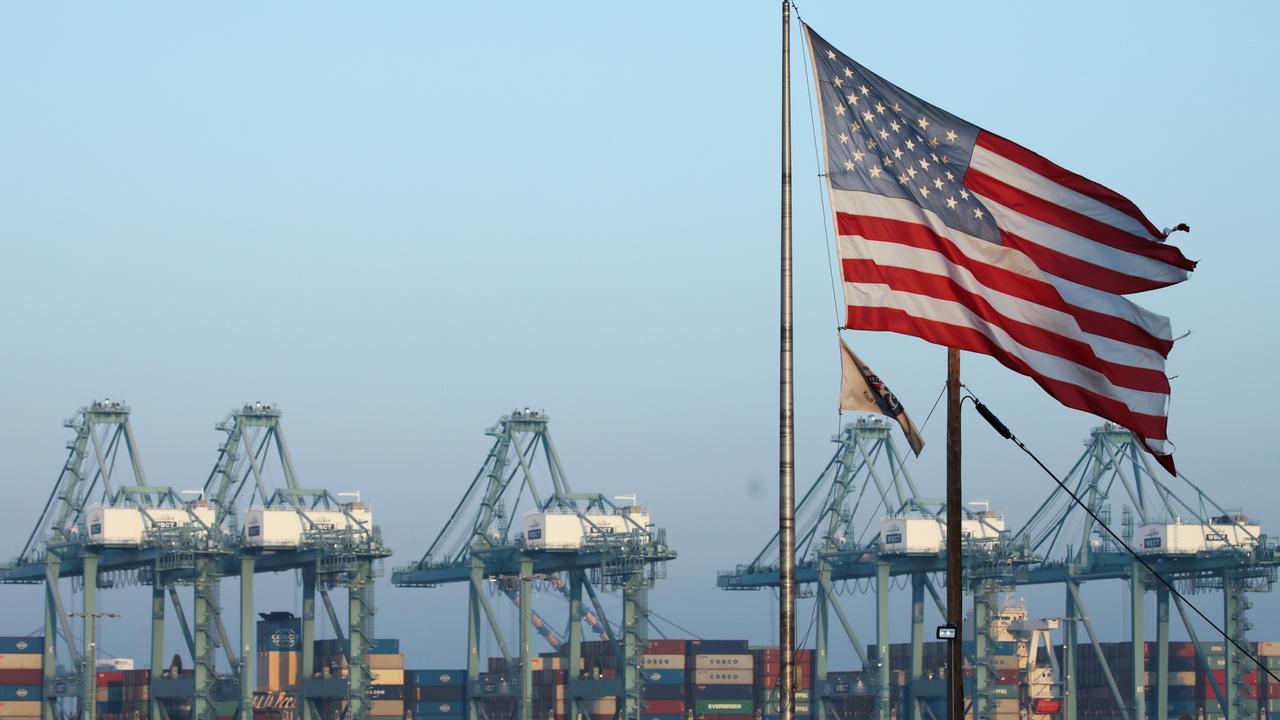Inflation data surprise stokes interest rate hike fears
The case for more rate hikes grows as inflation data exceeded estimates, leading two market economists to predict the RBA will increase its official cash rate in both June and July.

The case for more rate hikes has grown after inflation data exceeded estimates, leading two market economists to predict the Reserve Bank will increase its official cash rate in both June and July.
Combined with a worsening outlook for commodity prices after China’s monthly PMI data fell more than expected, the risk of more interest rate hikes in Australia wiped $40bn off the local share market. In its worst day in three months, the S&P/ASX 200 shares index fell 1.6 per cent to a two-month low of 7191.3 points. The Australian dollar hit a seven-month low of $US64.83c.
Despite an aggressive increase in interest rates since May 2022, Australia’s headline rate of monthly CPI inflation rose 6.8 per cent year-on-year in April, versus the 6.4 per cent expected by economists.
A new annual measure of underlying “trimmed mean” inflation accelerated to 6.7 per cent from 6.5 per cent in March. The data showed a pick-up in holiday travel and accommodation prices, a jump in household furniture prices and a largely anticipated surge in fuel prices.
Following the CPI data, Goldman Sachs and Capital Economics both predicted the RBA would take the cash rate to 4.35 per cent over the next two months versus the current level of 3.85 per cent.
Other economists said the data increased the risk of at least one more rate hike.
“The outcome was well above expectations,” said Goldman Sachs Australia chief economist, Andrew Boak.
“While part of the upside surprise in headline inflation reflected a strong rebound in volatile holiday travel prices, we view the composition as strong overall given an acceleration in inflation momentum across rents, new housing and several durable goods items.”
Capital Economics head of Asia-Pacific, Marcel Thieliant, saw upside inflation risks from a rebounding housing market, persistently weak productivity growth and the possibility that a prolonged period of high inflation leads to a shift in inflation expectations and a change in price and wage-setting behaviour, with Friday’s minimum and award wage decisions now seen as key.
“With services inflation set to remain stubbornly high, we think most analysts are too optimistic about the prospect for rate cuts,” he said.
The market-implied chance of a 25-basis-point-rate hike at next Tuesday’s meeting rose to 25 per cent from 9 per cent a day earlier. The chance of a rate hike by September rose to 94 per cent.
Expectations of further interest rate hikes were likely to grow if the Fair Work Commission delivers minimum and award wage increases of greater than 5 per cent, economists said.
The outcome of the commission’s annual review of minimum and award wages will be released at 10am (AEST) Friday, ahead of the RBA’s June meeting next Tuesday. It came as RBA governor Philip Lowe sounded hawkish before the Senate Economics Committee.
Dr Lowe said an acceleration of wages growth wouldn’t be consistent with meeting the bank’s 2-3 per cent inflation target if productivity did not revive after flatlining for three years. “What we have been hoping to achieve over time is an average inflation rate of 2.5 per cent, and the country would hopefully deliver 1 per cent productivity growth, and so wages growth of around 3.5 per cent I thought was a reasonable benchmark,” he said. “The problem is weak productivity growth.
“Over the last three years, there has been no increase in the average output produced per hour worked in Australia … that means that unit labour cost growth in Australia is quite high, because you’ve got wages growth at 3.75 per cent and no productivity growth.”
Dr Lowe also said inflation risks were “more to the upside”, and the RBA’s “glide path” to lower inflation of 3 per cent by mid-2025 was “pressing the length of time we can reasonably take”.
In the past 12 months, the RBA has hiked rates from a record low of 0.1 per cent to a decade-high 3.85 per cent in its most aggressive policy tightening in three decades, as inflation surged as a result of supply-chain bottlenecks and unprecedented fiscal and monetary stimulus during the pandemic.
“But we’ve consciously taken that decision to have a slower glide path back to target and the reason we’ve done that is we want to do whatever we can to preserve the gains in the labour market that we’ve achieved,” Dr Lowe said.
“None of that means we have a tolerance for inflation to stay higher for longer. Mid ’25 is kind of pressing the length of time we can reasonably take, so if we take longer than that people might reasonably say, ‘Well, are you serious about the inflation target?’”
NAB economist Taylor Nugent said that, as well as the monthly CPI data, rising house prices and further signs of inflation “stickiness” overseas, the Fair Work Commission’s wages decisions on Friday was likely to be key inputs for the RBA’s interest rate decision next week.
“We think an increase in awards of greater than 5 per cent would challenge the RBA’s wages view,” he said. “Governor Lowe has rightly pointed to services as a key source of risk for persistence in too-high inflation and there is very little new news on that available today.
“What news there was suggested little further progress on disinflation, including across goods.”





